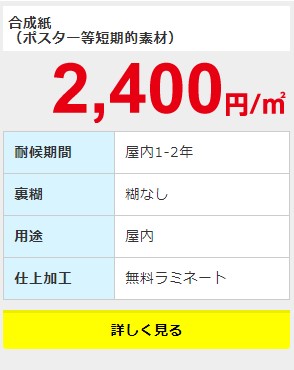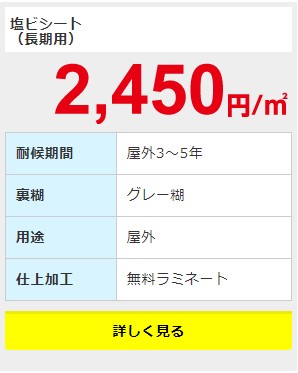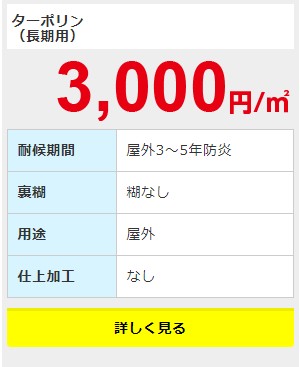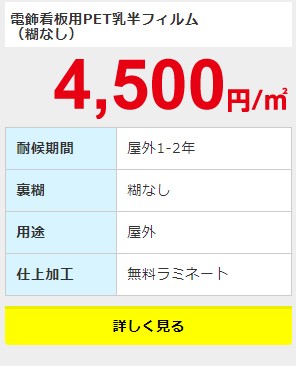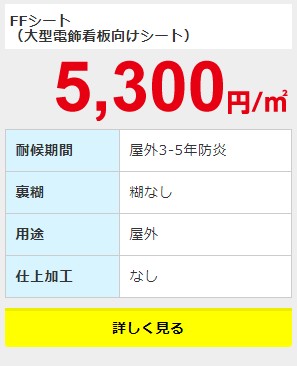The single-step income statement offers a straightforward accounting of the financial activity of your business. If you’re still struggling to track your business revenues and expenses in multiple ledgers, it may be time to move to accounting software. To see some of the best products available, be sure to check out The Ascent’s accounting software reviews. Because gross profit focuses only on sales revenue and cost of goods sold, business owners have a better idea about how profitable their core business operation really is. Each of these relationships is important because of the way it relates to an overall measure of business profitability. However, because of large sales commissions and delivery expenses, the owner(s) may realize only a very small amount of the gross margin as profit.
Resources for Your Growing Business
This is the amount of money the company made from selling its products after all operating expenses have been paid. If a company’s operations are strong, it will almost always show a profit at the bottom line, but not all companies with a profitable bottom line have strong operations. It might have lost money from its operations but had a huge insurance settlement that pushed a profit to the bottom line.
In the bottom section of your income statement, below your operating activities, create a section for your non-operating activities. Add your revenues and expenses from non-operating activities, including interest and the sale or purchase of investments. The cost of goods sold is separated from the operating expenses and listed in the gross margin section. This is particularly important because it gives investors, creditors, and management the ability to analyze the financial statement sales and purchasing efficiency.
In comparison, a single-step income statement gives a simple record of financial activity. On the other hand, some investors may find single-step income statements to be too thin on information. The absence of gross margin and operating margin data can make it difficult to determine the source of most expenses and can make it harder to project whether a company will sustain profitability. Without this data, investors may be less likely to invest in a company, causing businesses to miss out on opportunities to acquire operating capital.
Single-Step vs Multi-Step Income Statement: Key Differences for Small Business Accounting
Multi-step income statements are one of the two income statement formats businesses can use to report their profits. A multi-step income statement reports a company’s revenues, expenses and overall profit or loss for a specific reporting period. It is a more detailed alternative to the single-step income statement and uses multiple equations to calculate a business’s net income.
Step 8. Calculate other revenue and expenses
Before you prepare your income statement, you need to select a reporting period. Publicly traded corporations are required by law to prepare financial statements both quarterly and annually. Preparing statements monthly can help you track changes in your profits over time. Follow our guide on how to prepare an income statement to accurately record data, which will help you gain valuable insights essential for making financial decisions for your business, such as whether to invest in new equipment.
It states the name of your company, it identifies the document as an income statement and it defines the reporting period covered by the document. The single-step income statement skips the calculation of gross profit and operating profit, instead focusing on the bottom line– net income. The multi-step income statement calculates gross profit, operating profit, and net income. Investors and creditors can evaluate how well a company performs its main functions separate from any other activities the business is involved in. Investors and creditors want to know how efficiently the retailer sells its merchandise without diluting the numbers with other gains and losses from non-merchandise related sales.
An income statement, also called a profit and loss statement, is one of three major financial statements that all businesses should prepare as part of their financial accounting, along with a balance sheet and a cash flow statement. The multi-step income statement shows important relationships that help in analyzing how well the company is performing. For example, by deducting COGS from operating revenues, you can determine by what amount sales revenues exceed the COGS. If this margin, called gross margin, is lower than desired, a company may need to increase its selling prices and/or decrease its COGS. The classified income statement subdivides operating expenses into selling and administrative expenses. Thus, statement users can see how much expense is incurred in selling the product and how much in administering the business.
To calculate the gross profit, subtract the cost of goods sold from the net sales. Add the final number as a line item under the cost of goods sold and title it Gross Profit. Having the additional breakdown is useful for lenders and investors to understand the business better and decide whether a company is worth working with. However, the choice of the format depends on the type of company, its rules, regulations and needs. It should also take into consideration the requirements and preference of users who will refer to the statements for making financial decisions.
- Add your revenues and expenses from non-operating activities, including interest and the sale or purchase of investments.
- This section not only helps measure the profitability of the core business activities, it also helps measure the health of the business.
- Run a trial balance for the same period that your income statement will cover.
- It should also take into consideration the requirements and preference of users who will refer to the statements for making financial decisions.
Upgrading to a paid membership gives you access to our extensive collection of plug-and-play Templates designed to power your performance—as well as CFI’s full course catalog and accredited Certification Programs.
Gross profit is used by creditors to show the company’s ability to meet arising debt obligations and to pay back outstanding credit. Small businesses with a simple operating structure, including sole-proprietorships and partnerships, can choose between creating single-step or multi-step income statements. The final step for preparing your multi-step income statement is determining your net income. This is done by subtracting other revenue and expense totals from your operating income. The easiest income statement to prepare, the single-step income statement provides an at-a-glance look at revenues and expenses, which most smaller businesses will find sufficient.
Statement users can also make comparisons with other years’ data for the same business and with other businesses. Nonoperating revenues and expenses appear at the bottom of the income statement because they are less significant in assessing the profitability of the business. A simple multiple step income statement separates income, expenses, gains, and losses into two meaningful sub-categories called operating and non-operating. A multi-step income statement is an income statement that segregates total revenue and expenses into operating subledger vs general ledger and non-operating heads. It offers an in-depth analysis of the business’s financial performance in a specific reporting period.
Step 1: Calculate Gross Profit
The users will know the profit earned from the primary activities of buying and selling goods and how it differs from the non-operating activities. One of the top three financial statements, the income statement measures company performance. Also known as a profit and loss statement, the income statement provides an overview of revenues and expenses incurred during a specific period of time. Operating income and expenses are directly related to the company’s primary business activities, while non-operating income and expenses are 6 reasons to donate your car to charity not directly related and include transactions such as interest, write-offs, and lawsuits.
Advantages of Single-Step Income Statements
Investors also use the gross profit to determine the profitability of primary business activities and the general health of the company. When calculating gross profit, no other expenditures are included apart from the cash inflow from the sale of goods and cash outflow from the purchase of goods. Another measurement available from the multi-step income statement is operating income. Like gross profit, operating income provides business owners with more detailed information on company profitability rather than focusing solely on net income.
The gain may be a one-time item such as a winning lawsuit or insurance settlement. The gain does not relate to the company’s core business activities, so it is listed in the non-operating section of the income statement. Going back to our retailer example, the total sales figure would include all merchandise sales made during the period and the cost of goods sold would include all expenses paid to purchase, ship, and get the merchandise ready for sale. The gross margin computes the amount of money the company profits from the sales of its merchandise. This is simply the cash flow in from the sales of merchandise and the cash flow out from the purchase of that merchandise.

















